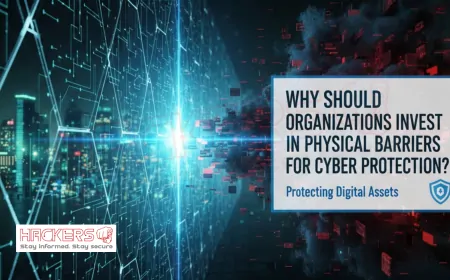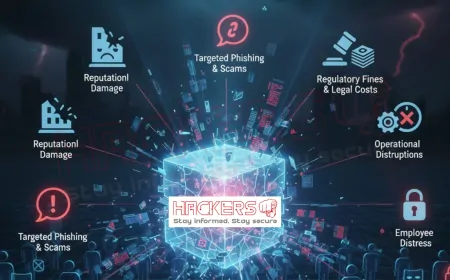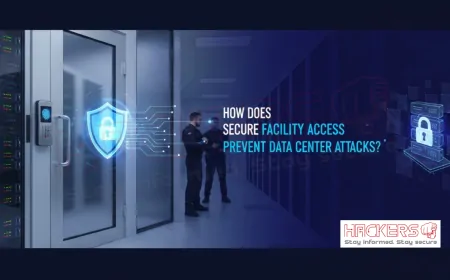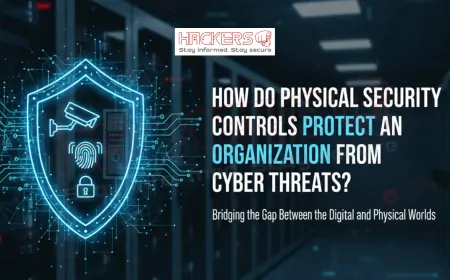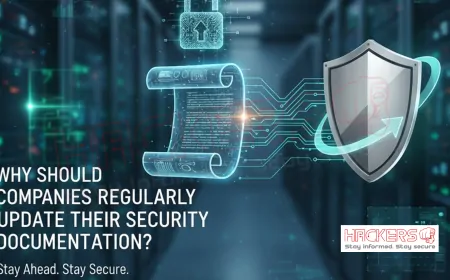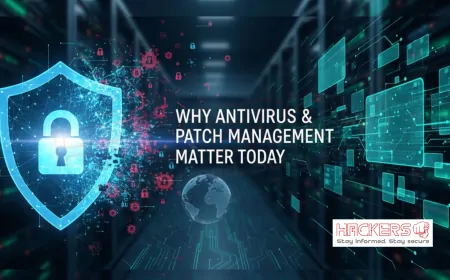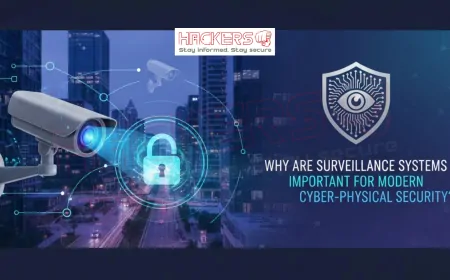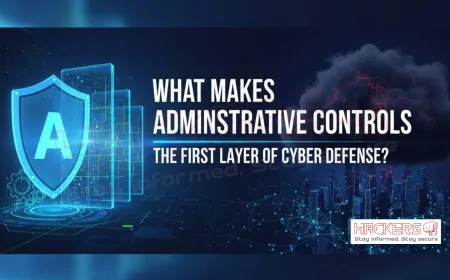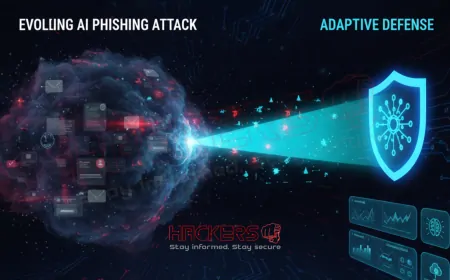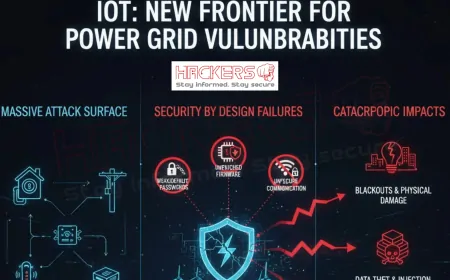What Role Do National Education Programs Play in Creating Cyber Experts?
Picture a country where every school teaches children how to protect their digital lives. Imagine universities producing thousands of skilled cybersecurity professionals every year. This is not a dream. It is a necessity. Cybercrime costs India over ₹1.5 lakh crore annually, and the world loses trillions. The only way to fight back is with talent. National education programs are the foundation. They turn curious students into confident experts. From school workshops to advanced research centers, these initiatives build a strong pipeline of cyber defenders. This blog explores how governments, through structured education, are shaping the future of cybersecurity.

Table of Contents
- The Growing Need for Cyber Experts
- The Core Role of National Programs
- Key National Education Initiatives in India
- Global Examples That Inspire
- Education at Different Levels
- Impact in Numbers: A Data Table
- Challenges and Solutions
- Bridging Academia and Industry
- The Future of Cyber Education
- Conclusion
- Frequently Asked Questions
The Growing Need for Cyber Experts
India faces over 1.3 million cyber incidents every year. Banks, hospitals, and government systems are under constant attack. The demand for cybersecurity professionals is skyrocketing. Reports say India needs over 1 million cyber experts by 2030. Yet, only a fraction are available today. Most organizations struggle to hire skilled talent. This gap threatens national security, economic growth, and public trust.
Who will fill this gap? Private companies train a few, but scale is limited. National education programs step in. They reach millions of students across cities, towns, and villages. They make cybersecurity a career choice, not an afterthought. These programs start early, build deep skills, and create a culture of digital safety.
The Core Role of National Programs
National programs do more than teach coding. They create structured pathways. They set standards, fund infrastructure, and certify skills. They align education with real-world needs. Governments partner with schools, colleges, and tech companies. The result? A steady flow of trained professionals ready to protect critical systems.
These programs also promote inclusion. They reach women, rural students, and underprivileged youth. Cybersecurity becomes accessible to all. This diversity strengthens defense. Different perspectives spot threats others might miss.
Key National Education Initiatives in India
India has launched several powerful programs. Here are the major ones:
- Cyber Shikshaa: A free training program by Microsoft and DSCI for women and underserved youth. It covers networking, ethical hacking, and security operations.
- Information Security Education and Awareness (ISEA): A government project to train faculty and students in colleges. It has reached over 1,000 institutions.
- Skill India and Digital India: These include cybersecurity modules in ITI and polytechnic courses. They train thousands in basic and advanced skills.
- CERT-In Training: The Indian Computer Emergency Response Team offers workshops on incident response and digital forensics.
- National Cyber Scholarship Program: Provides financial aid to students pursuing cybersecurity degrees.
- Atal Tinkering Labs: School-level labs where students experiment with IoT security and coding.
These initiatives work together. They create a ladder from school to professional life.
Global Examples That Inspire
Other countries lead the way. Israel integrates cybersecurity into high school curriculum. Students learn encryption and threat analysis early. The U.S. has CyberPatriot, a national competition that teaches teens to secure systems. Singapore offers full scholarships for cybersecurity degrees. The UK runs CyberFirst, a free course for 14-17-year-olds. These models show scale and impact. India adopts and adapts these ideas to local needs.
Education at Different Levels
Cybersecurity learning starts early and grows deep:
- School Level: Basic awareness about passwords, phishing, and safe browsing. Tools like games and comics make it fun.
- College Level: Diplomas and degrees in cybersecurity. Topics include network security, cryptography, and ethical hacking.
- Postgraduate Level: Master’s programs and research in AI security, blockchain, and quantum computing risks.
- Professional Level: Certifications like CEH, CISSP, and CompTIA Security+ through government-supported centers.
Each level builds on the last. A student who learns safe habits in Class 8 is ready for advanced training by college.
Impact in Numbers: A Data Table
Here is a table showing the reach and results of national programs:
| Program Name | Students Trained | Institutions Covered | Year Launched | Key Outcome |
|---|---|---|---|---|
| Cyber Shikshaa | Over 50,000 | 100+ centers | 2018 | 80% placement rate |
| ISEA Project | 1.2 million | 1,000+ colleges | 2005 | 500+ research papers |
| Atal Tinkering Labs | 10 million students | 10,000+ schools | 2016 | Early innovation in security |
| CERT-In Workshops | 25,000 professionals | Nationwide | 2004 | Improved incident response |
| Skill India Cyber Modules | 200,000 youth | 5,000+ ITIs | 2015 | Job-ready skills |
| National Cyber Scholarship | 5,000 students | 200+ universities | 2020 | Full funding for degrees |
These numbers show scale. More trained minds mean stronger national defense.
Challenges and Solutions
No program is perfect. Challenges include:
- Lack of trained teachers: Many schools have no cybersecurity faculty.
- Outdated syllabus: Some courses teach old tools.
- Limited lab access: Rural areas lack computers and internet.
- Low awareness: Students choose traditional careers over cyber roles.
Solutions are in progress:
- Train-the-trainer programs for teachers.
- Annual syllabus updates with industry input.
- Mobile cyber labs that visit remote areas.
- Career fairs and success stories to inspire youth.
Governments and NGOs work together to fix these gaps.
Bridging Academia and Industry
Education must meet job needs. National programs invite companies to design courses. Internships, guest lectures, and live projects help. For example, TCS and Infosys mentor students in Cyber Shikshaa. Students work on real banking security cases. This hands-on experience makes them job-ready. Certifications earned through national programs are recognized by employers. The result? Faster hiring and better performance.
The Future of Cyber Education
The future is bright and bold. Artificial intelligence will personalize learning. Virtual labs will simulate real attacks. Blockchain will secure certificates. National programs will expand to cover quantum threats and 6G security. More women will join through targeted scholarships. Rural digital hubs will bring training to villages. By 2030, India aims to be a global leader in cyber talent. National education programs are the engine driving this vision.
Conclusion
National education programs are the backbone of cybersecurity talent. They start early, scale wide, and deliver deep skills. From school children learning safe habits to graduates defending banks, every step counts. India’s initiatives like Cyber Shikshaa, ISEA, and Skill India prove impact. Global models inspire growth. Challenges exist, but solutions follow. When education and security align, nations win. Support these programs. Enroll, teach, or fund them. Together, we build a generation of cyber experts ready to protect our digital future.
Frequently Asked Questions
What are national education programs in cybersecurity?
They are government-led initiatives to teach cybersecurity skills at schools, colleges, and professional levels.
Why does India need more cyber experts?
To fight rising cybercrime, protect critical systems, and support digital growth.
Can school students learn cybersecurity?
Yes. Basic topics like safe browsing and password safety are taught through games and activities.
What is Cyber Shikshaa?
A free program for women and youth offering training in networking, ethical hacking, and security jobs.
How does ISEA help colleges?
It trains faculty, provides tools, and funds cybersecurity labs and research.
Are these programs free?
Many are free or low-cost, especially for underprivileged students.
Do certifications from national programs help in jobs?
Yes. Employers value government-backed skills and practical training.
Can rural students join?
Yes. Mobile labs, online courses, and scholarships reach remote areas.
What is Atal Tinkering Lab?
A school program with tools to experiment with robotics, IoT, and basic security.
How do companies benefit?
They get skilled, job-ready talent and contribute to national security.
Is cybersecurity a good career?
Yes. High demand, good pay, and opportunities in India and abroad.
What skills are taught?
Networking, ethical hacking, incident response, cryptography, and cloud security.
Can girls pursue cybersecurity?
Absolutely. Programs like Cyber Shikshaa encourage women with free training and mentorship.
How to enroll in these programs?
Check government portals, DSCI, or local colleges for registration details.
What is ethical hacking?
Legally testing systems for weaknesses to improve security.
Do programs include internships?
Yes. Many offer industry projects and placement support.
How long is the training?
From a few days for workshops to 4 years for degrees.
Will AI replace cyber experts?
No. AI helps, but human judgment is needed for complex threats.
How to support these programs?
Volunteer, mentor, donate, or spread awareness in your community.
What is the goal by 2030?
To train over 1 million cyber experts and make India a global leader.
What's Your Reaction?













